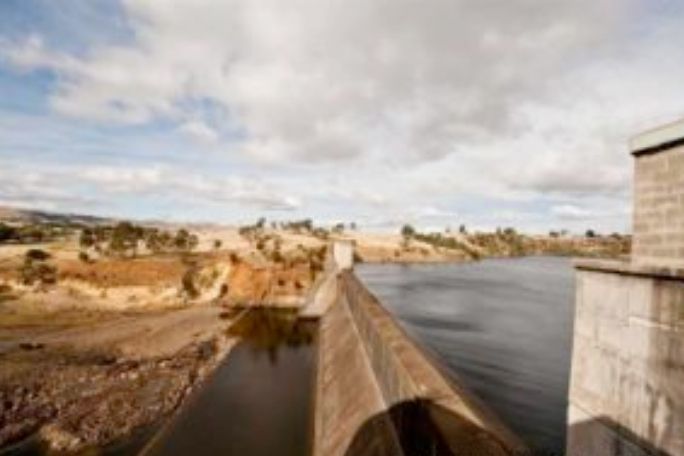Lesson summary
Students will complete a reading task to learn how Hydro Tasmania utilise Nature’s water cycle in their energy production process.
Learning goals:
- This lesson is designed to provide valuable practice for NAPLAN* – the national literacy tests held in Years 3 and 5 of Primary school. It features reading and visual texts with comprehension and language questions that require students to find facts, interpret meaning and apply text-processing strategies.
Lesson guides and printables
Curriculum links
Select your curriculum from the options below.
Lesson details
Curriculum mapping
Australian curriculum content descriptions:
Year 3 English:
- Recognise high-frequency sight words (ACELA1486)
- Read an increasing range of different types of texts by combining contextual, semantic, grammatical and phonic knowledge, using text processing strategies (for example, monitoring, predicting, confirming, re-reading, reading on and self-correcting) (ACELY1679)
- Use comprehension strategies to build literal and inferred meaning and begin to evaluate texts by drawing on a growing knowledge of context, text structures and language features (ACELY1680)
Syllabus outcomes: EN2-4A.
Cross-curriculum priority: Sustainability OI.2.
Resources required
- Student Worksheet – one copy per student or a written or emailed link to the online Student Worksheet version
- Internet access (optional)
Additional info
This lesson has been developed in partnership with
Hydro Tasmania.
Hydro Tasmania has been at the forefront of clean energy innovation for one hundred years. It is Australia’s largest producer of clean energy – generating hydro and wind power – and the largest water manager. Hydro Tasmania has 55 major dams, operates 30 hydropower stations and has built some of Australia’s largest wind farms.
Hydro Tasmania also sells energy in the National Electricity Market through its retail business Momentum Energy, and sells its expertise internationally through its consulting business Entura.
Visit the Hydro Tasmania website to learn how the business is working towards Australia’s clean energy future.


Welcome back!
Don't have an account yet?
Log in with:
Create your free Cool.org account.
Many of our resources are free, with an option to upgrade to Cool+ for premium content.
Already have an account?
Sign up with:
By signing up you accept Cool.org's Terms and Conditions(Opens in new tab) and Privacy Policy(Opens in new tab).